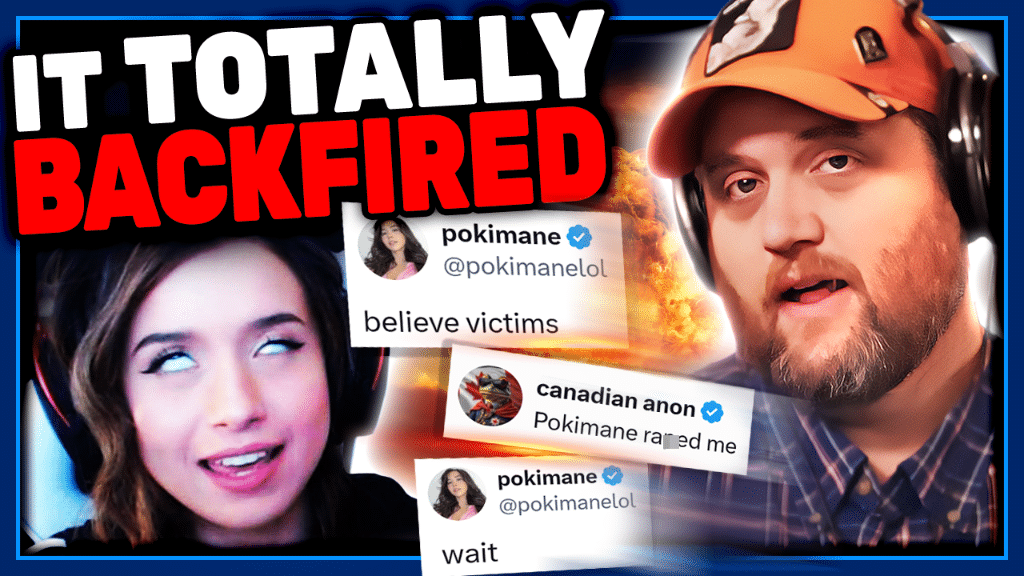Jim Stephanie Sterling, one of video game media’s most well-known and most eccentric critics, does not like Starfield.
This may not come as a huge surprise. Sterling has made a name by becoming one of the industry’s fiercest and most relentless critics. They rarely, if ever, pull punches, and sometimes—even when I agree with Sterling’s broad take—I think they might take it too far. Sometimes I sense real anger brewing in Sterling’s content, and sometimes anger can blind us (even if sometimes it can also help us see clearly).
Such is, to some degree, the case with Sterling’s Starfield review, though on many individual points I agree, I’m not sure I could give this game such a poor score. For all it gets wrong, it gets many things right.
(Sterling, who came out as non-binary in 2020, uses she/them pronouns. They include social commentary at the outset of their Starfield review, writing: “To call Starfield the least broken Bethesda game is akin to calling any single TERF the least embarrassing fascist. Then again, given how Zenimax and Bethesda seem to treat trans employees, that comparison may hit too close to home.”).
You can read the full review here.
Sterling’s best observation is that the game feels like a “shallow ocean.” They write:
Starfield is, in a geographical sense, big, but its many worlds are desolate, populated by the same terrain features copied and pasted to such an extreme degree each new planet feels the same as the last and raw size means less than nothing.
Repetitious NPCs bumble around with little more than a handful of catchphrases to offer, missions devolve into tiresome fetch quests, space travel requires menus to get around because the planets seen from your ship’s window might as well be jpegs, and every cave is the same.













